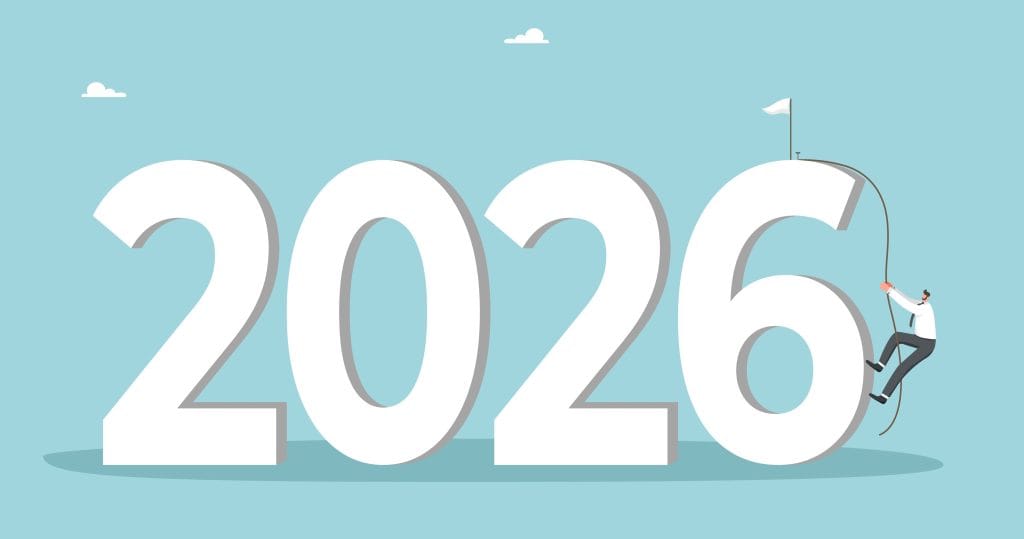Last updated on November 28th, 2025 at 07:18 pm
Last updated on November 11th, 2025 at 01:02 pm
 Still want more new patients? Well… you’re in the right place!
Still want more new patients? Well… you’re in the right place!
In this article (part five of a multi-part series), I’ll pick up where I left off last week. We were in the middle of looking at how to fix a drop off in new patients. And, this is one of those posts where I’d definitely recommend reading the earlier parts before diving into this one. If you missed my earlier posts, you can find them here: Part I, Part II, Part III, Part IV.
And before you read further, let me apologize in advance that these articles are long—and getting longer! When I first sat down, I was thinking maybe one or possibly two posts. The more I wrote, the more I thought to add and here we are at five and still going strong! Well, at least no one can accuse me of skimping on the details!
When I left you last, we were in the thick of number “4” of the points to examine with a new patient drop off. It read as follows:
“4. Compare sources and see if there are any obvious/large variances—i.e. you were getting 20 new patients a month from your website and this dropped to 3, or your mailing was pulling 25 a month and this has dropped to 10. The idea is we are trying to locate the real problem, which we will then dig into further.
Now one of two things is going to happen here:
- You’ll find one or two sources have dropped off quite a bit, resulting in the overall crash. I.e. referrals, newsletter and 1-800 Dentist new patients are about the same as before, but new patients from the website have crashed by 60%. Or,
- All sources are down considerably, contributing to the overall drop.”
From there we were in the middle of “I” above—one or two sources had dropped. Then we isolated the marketing sources we would look at which were:
- Referrals
- Mailings
- Online—Website
- Online—Ads (pay-per-click, banner ads, etc.)
- Other Ads—TV, Radio, Billboards, etc.
We then detailed “1. Referrals” and “2. Mailings.” Which brings us to where we are now—“3. Online—Website.” And with that, let’s jump right in:
3. Online—Website &
4. Online—Ads (pay-per-click, banner ads, etc.)
I’ve included these two together. You’ll see why as you read through. And again, a common theme here you’ll see in all of this is we’re still looking for “change.” A drop in new patients from your website can be driven by any number of things, because unlike a mailing, a website requires that someone take action to visit. Mail shows up in their mailbox—and a prospective patient looks (or doesn’t look) and/or responds to it. With a website, something has to drive the person there. And again, this can be just about anything including:
- An online search
- Your mailings (which has your web address on it), such as postcard, newsletter or brochure
- Online ads
- Links from other sites – i.e. Yelp, Facebook, their insurance company if you participate in one of their plans, and the list goes on
So, let’s start by looking at actions to take with a sudden drop off. You’ve gone from 15 patients a month from your site to 3.
- Ideally, you track traffic to the site and conversions. In some cases you’ll (hopefully) track WHERE this traffic is coming from. If this is the case, the WHERE it’s coming from may tell you all you need to know.
- Example: most traffic was coming from pay-per-click. You confirm that your pay-per-clicks have dropped off and fix this.
- If you know your overall traffic, but can’t nail down exactly WHERE people are coming from, things can become a bit harder. But not unfixable!
- Go back to your new patient logs from three months prior and this last month. Focus on the patients who listed “website” as the way they found out about your website. Are these broken down any further? I.e. did they mention an ad that drove them there, etc.? This may open the door to the problem right there—i.e. they came to you from a Facebook ad (which has since been changed) last month. Simple fix: change it back to what was working!
- Now, if they are not broken down any further, you’ll have to dig even deeper. Examine any changes you’ve made that may have affected traffic to your site. Look for things you’ve started or stopped doing in the past two months (as they may have affected this past month). Again, you might have switched your pay-per-click ad or ads. Another example: you were running a newspaper ad up until last month with your website address prominently listed. You stopped it 6 weeks ago—traffic drops. This may (or may not) be the culprit. Unfortunately the only way to find out is to run it again and watch. And I know I’ve beaten this to death—but I’ll say it again—you MUST, MUST, MUST track responses (and sources) and closely watch when you advertise. Otherwise you’re flying blind.
- See where you rank on searches for dentists in your area. You might find yourself/office dropping a bit. Get aggressive about fixing this!
- See if you’ve accumulated some negative reviews and fix this (to see more about how to address this, see this post from our Marketing Director).
- Now, you may have a situation where traffic to the site is relatively unchanged, but conversions (appointments or responses) are down. Well, see if anything about the site itself is changed. Maybe you had a special offer that you stopped all of a sudden. Put it—or something like it—back up!
The key here is to think differently about your website and online presence. I say that as most people think of a website in the same terms they think of practice signage, i.e. you put it up and forget about it! Don’t do this. Post to it regularly—with a blog or whatnot. Keep it fresh and up-to-date (while tracking anything you change to switch it back if it doesn’t work). Treat it as a continuously evolving source of marketing. If you put regular work in on this it can pay off well.
And this last paragraph explains in many cases why you’ll see that slow drop-off in new patients from online sources. In other words—you’ve gone from 15 new patients a month a year ago to 6 this year and so on. It’s dying a slow death instead of a sudden drop. Your ads used to work and now they don’t. What happened? Well, they got “tired.”
Freshen it up a bit. You could actually say this about a lot of marketing. Sending the same postcard out to the same people five times gets old. While repetition is important, marketing needs to be kept fresh—it almost seems that people can become “numb” to it after a while. So, instead of the same exact postcard five times—try five different postcards one time. That same person gets five mailings from you—but they are different (even if only a little bit) and more apt to grab their attention.
I say this as a general comment on marketing itself—when it starts to get tired, be prepared to roll with something else. It’s a bit of a balancing act—you don’t want to drop something that is working by any means, but you also don’t want to continue to push something that is becoming less and less effective.
5. Other Ads—TV, Radio, Billboards, etc.
Mass media advertising can work out well if it’s done right. It can also be very expensive, so in that sense approach it with caution.
Generally speaking, as mentioned above, the same ad done too long is no good. It often loses effectiveness and you’ll see one of those slow, long-term drop-offs. Keep a similar theme, logo, slogan, etc., so people remember it by hearing or seeing it many times, but don’t keep the ads the exact same. Freshen them up and provide some variety.
Assuming you’ve had a sudden drop off, you’re going to want to look at two things:
- Ad placement and
- New ads.
Ad placement is simple: you used to air on the radio during the drive home or on TV during prime time and now you’re not. Simple fix and easily tracked.
With new ads, see when you started the new ad. If the drop in new patients started right after you began the ad, then go back to the old ad.
The key here as with any change is to TRACK it. If it works, great! If not, get rid of it!
Which brings us back to the original Point “4” that I started this article with. With point “4” we were reviewing new patient logs for two things:
- You’ll find one or two sources have dropped off quite a bit, resulting in the overall crash. I.e. referrals, newsletter and 1-800 Dentist new patients are about the same from before to after the drop while new patients from the website have crashed by 60%. Or,
- All sources are down considerably, contributing to the overall drop.
We’ve now thoroughly examined “I.” In next week’s post we’ll pick up with “II. All sources are down considerably, contributing to the overall drop.” Specifically what to do about it!
Until then!



No Comments
Be the first to start a conversation